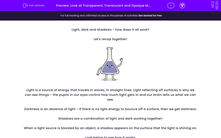Light, dark and shadows - how does it all work?
Let's recap together!
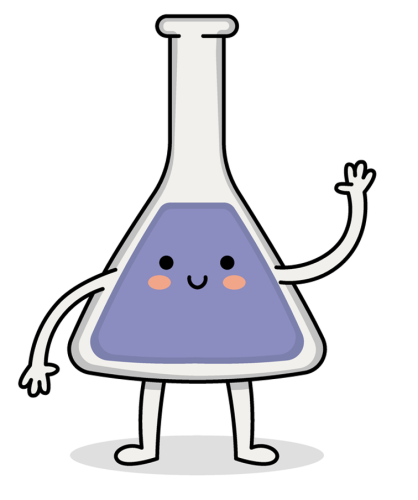
Light is a source of energy that travels in waves, in straight lines. Light reflecting off surfaces is why we can see things - the pupils in our eyes control how much light gets in and our brain tells us what we can see.
Darkness is an absence of light - if there is no light energy to bounce off a surface, then we get darkness.
Shadows are a combination of light and dark working together!
When a light source is blocked by an object, a shadow appears on the surface that the light is shining on.
Look below to see how it works.
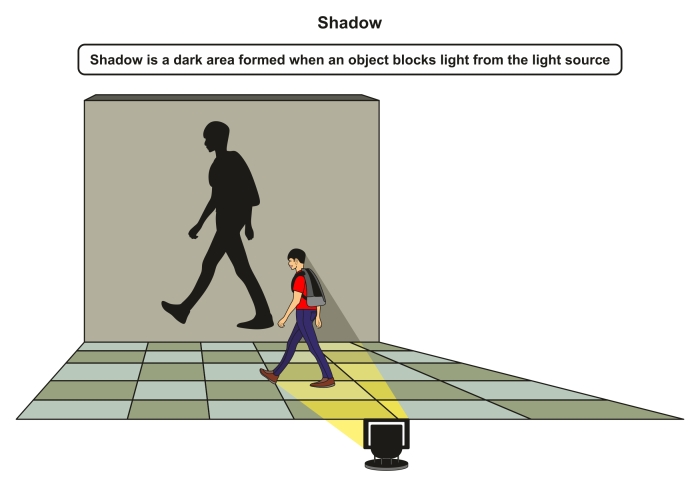
The density - this means how solid an object is - of the material also changes the shadow.
If a light shines onto the person in the picture above, the light energy cannot pass through him, so it is blocked. Where the light is blocked, we see a shadow on the wall behind him. The rest of the light that has not been blocked reaches the wall and shows the boy's shadow.
Materials or objects that are opaque don't allow light to pass through them. They are very good for making shadows.

Materials or objects that are transparent are clear and let loads of light through. Windows and glasses are transparent - glass is a good material for letting as much light through as possible.
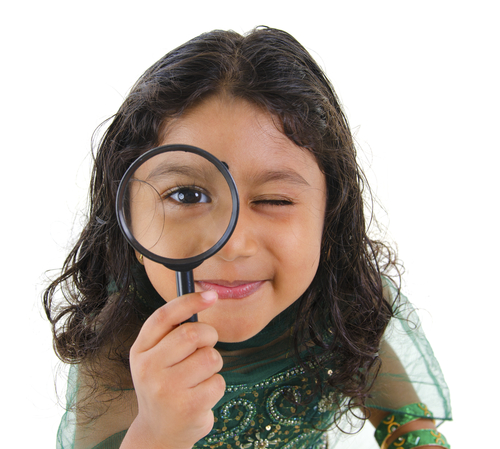
Between transparent and opaque materials, there are translucent materials. These let some light through, but cannot be seen through as easily. Greaseproof paper and frosted glass let some light through but not as much as clear materials.
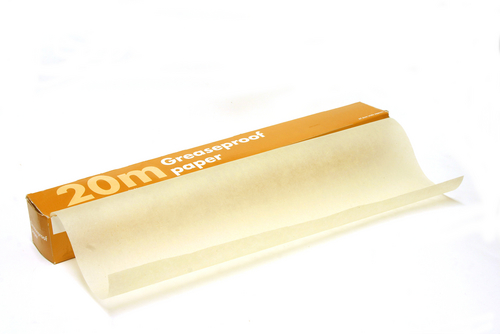
In this activity, we will be deciding whether or not objects make a shadow and how to describe different objects and materials.
Let's go!

